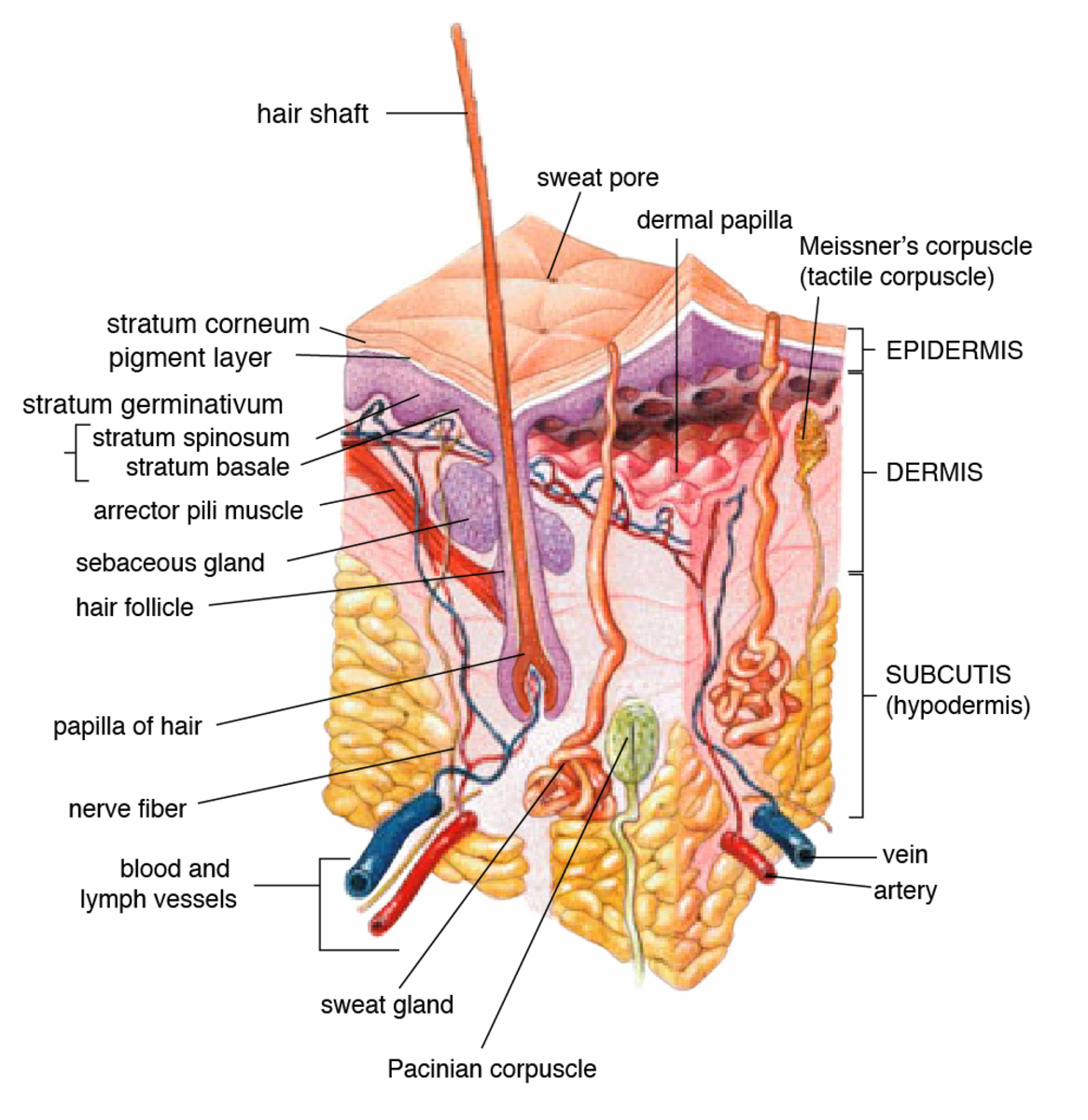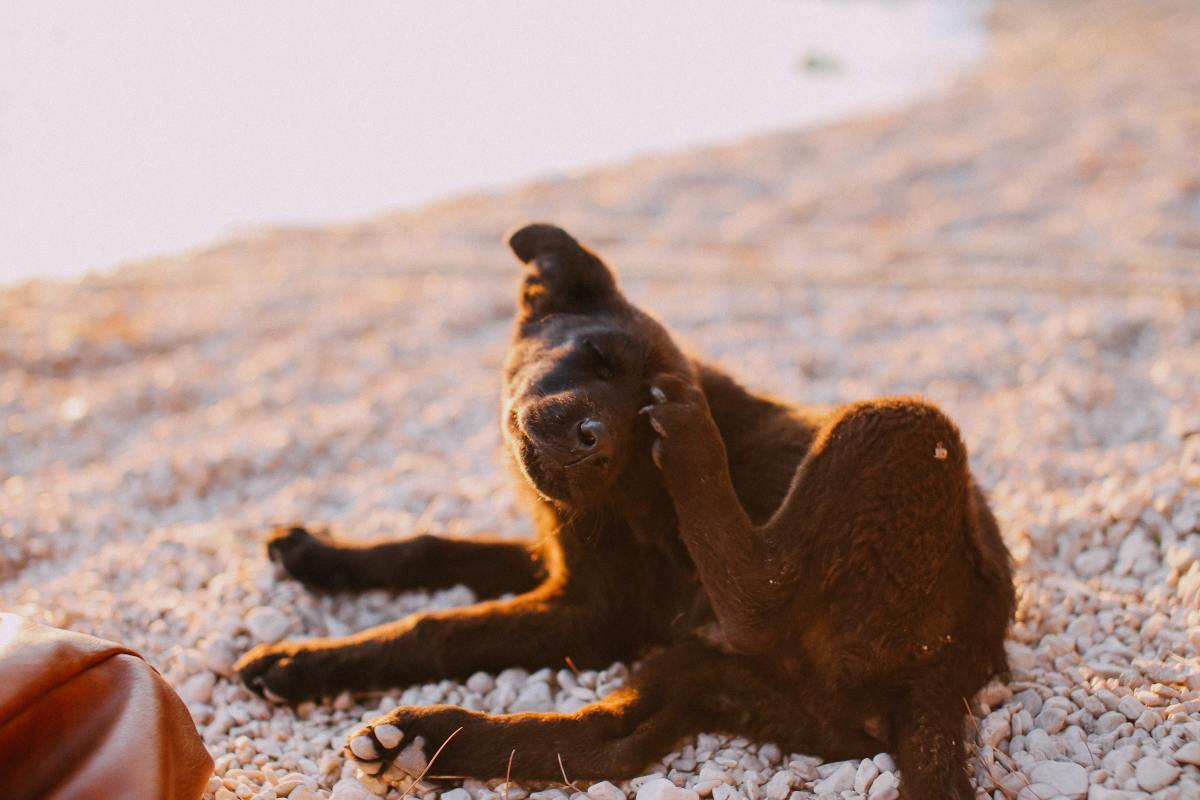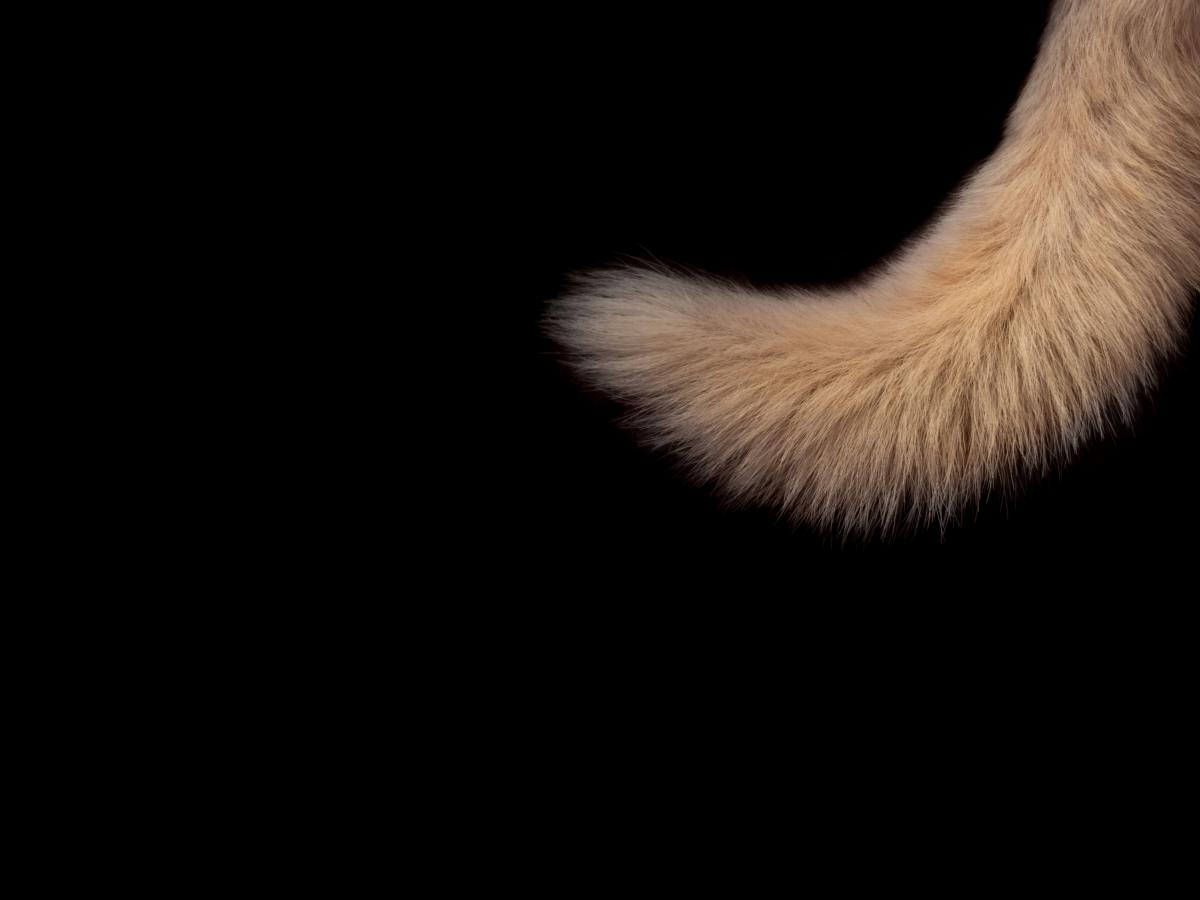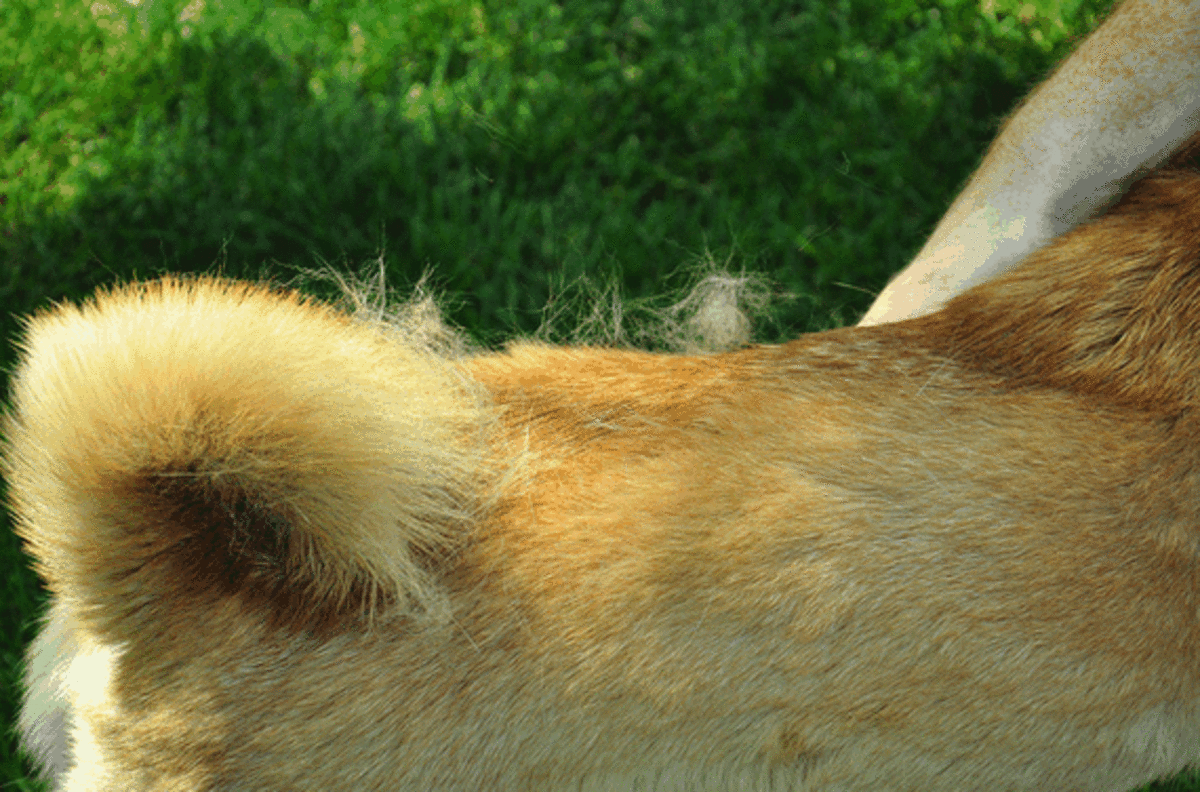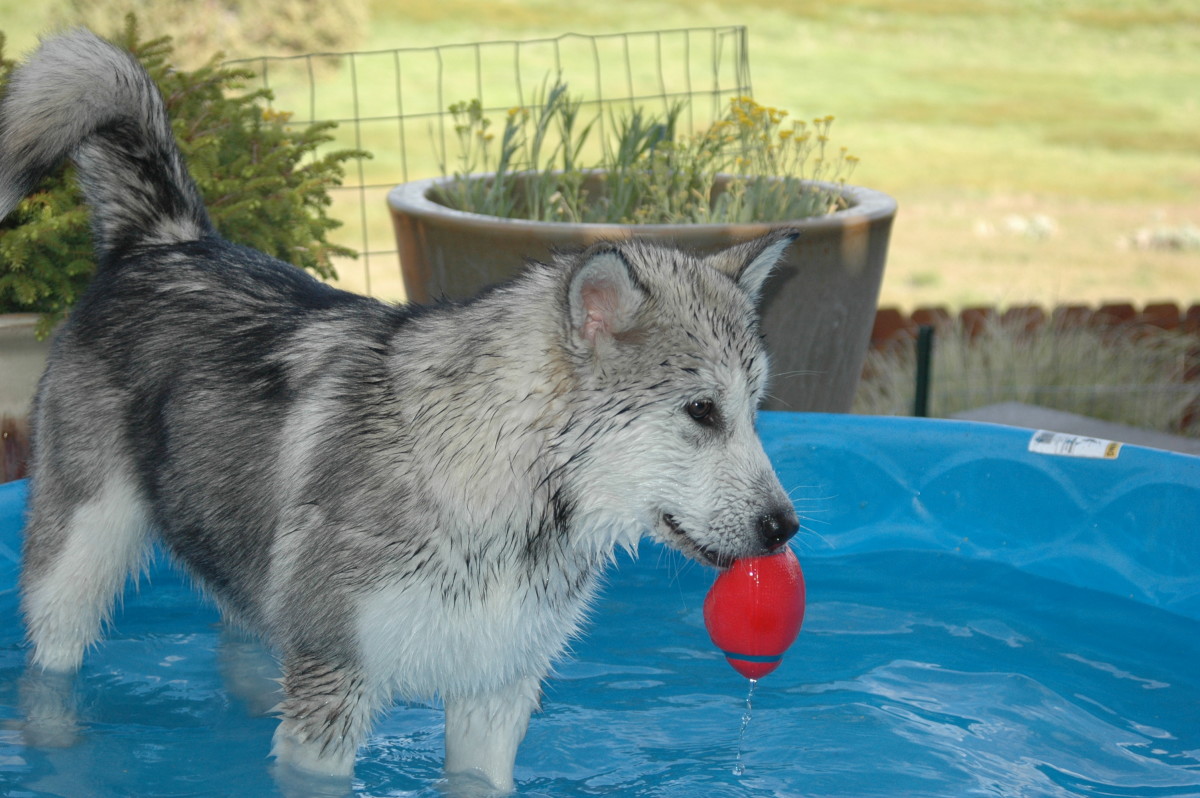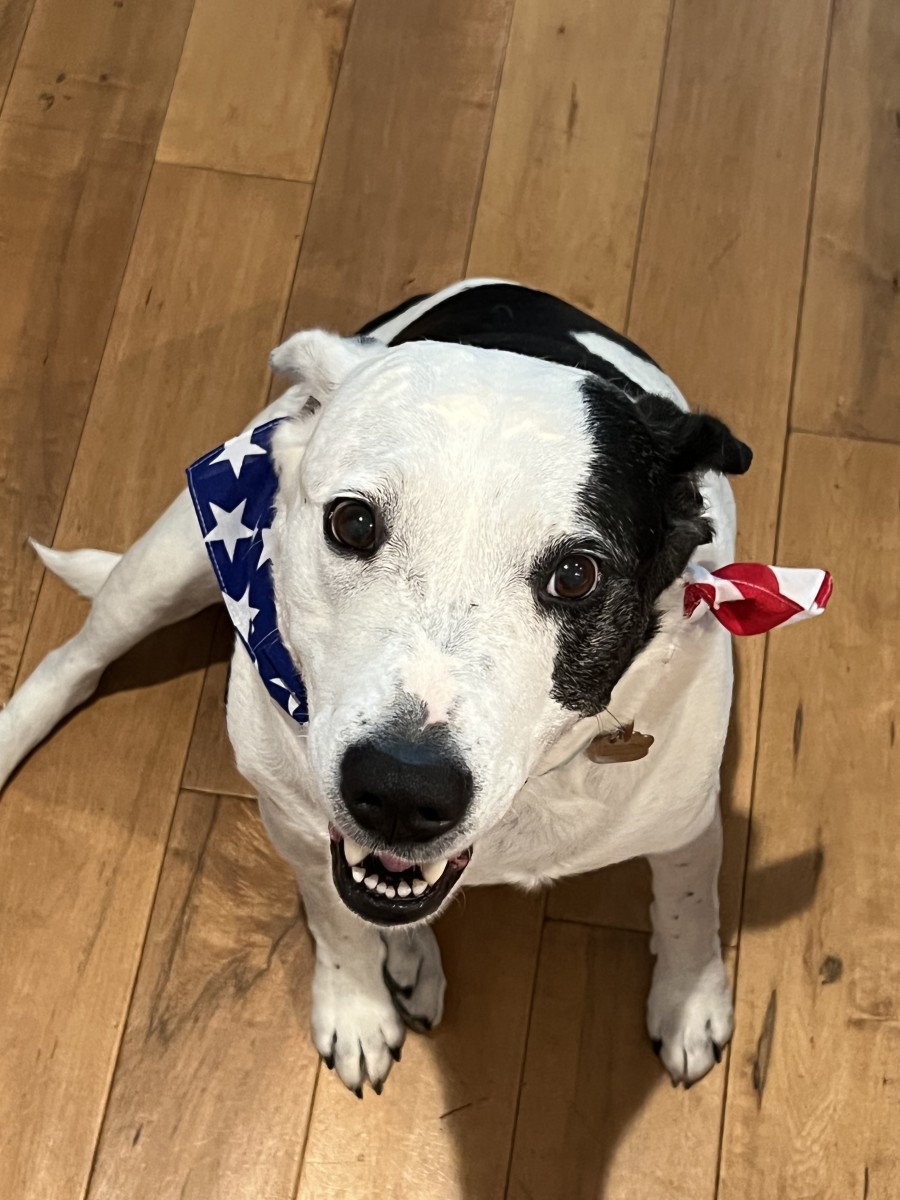Dealing with your pet's shedding hair
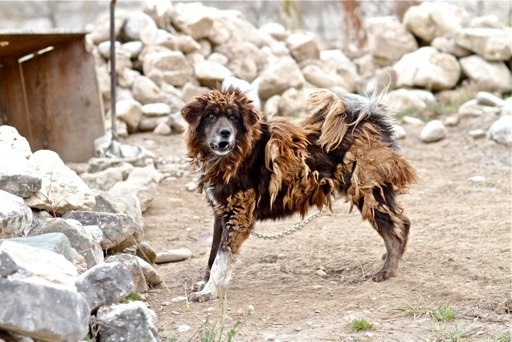
A dog with shedding hair can be a problem which literally causes you to, well, tear your own hair out.
This is especially if the hair fall is persistent and excessive. Dog hair can become an ugly part of our living room furniture if steps are not taken to stop irritating hair fall.
Just what causes our dogs to lose their fine hair? When the usual steps don't seem to be enough to stop your pet's hair from falling, what else can be done to alleviate annoying pet hair loss?
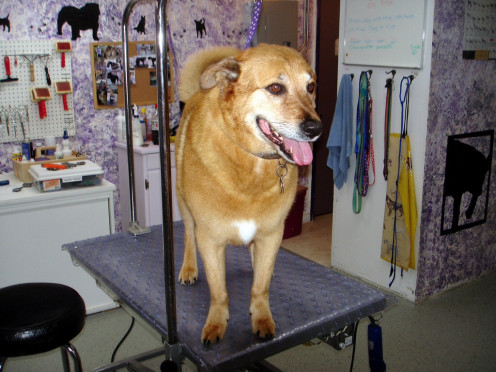
Causes of shedding in dogs
Many things can cause a dog to shed excessively. It's good for pet owners to be aware of the causes so as to circumvent them.
Parasites
Fleas are a top cause of shedding. Dogs can be allergic to a flea's saliva and develop excessive shedding. Fleas burrow into a dog's skin to lay their eggs, leaving patches of bare skin that cause irritation and the loss of hair. Demodectic mange, caused by mites, causes a dog to really scratch.
Fungal or Bacterial infections
A range of fungal and bacterial infections, such as Malassezia, a common yeast infection. These can often occur on their own, without underlying causes.
Visit a vet if you notice any open sores or wounds.
Inhalant or food related allergies
Dogs can also be reactive to a host of inhalant or food related allergies, very much like we are.
Disease
A top cause of excessive shedding is disease of the liver or kidney. This includes Cushing's Disease and Hypothyroidism, both of which contribute to weight gain as well. Cancer is a contributing cause of shedding. If your dog suddenly experiences weight changes and sheds excessively, do visit a vet.
Seasonal
Your pet could be reacting to a change in seasons. They shed in the spring and fall seasons to lose thick winter hair. Note that dogs with little hair, like the Chinese Crested Hairless, may be sunburned during the summer months and shed as well.
Stress
A stress reaction is shedding. Your pet may shed on the vet's examination table or when he's in the car about to go to the groomer's. Anxieties can cause him to lick, scratch and lose hair.
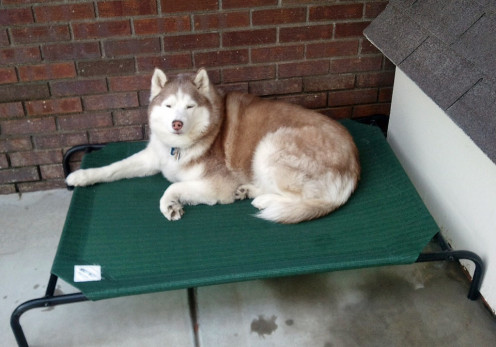
Of these methods of minimizing your pet's hair fall, which do you do least often?
How can you minimize your pet's excessive hair fall?
Your pet's hair fall causes not only stress to him but
undue anxiety to you. While it cannot be stopped completely, it can be lessened with a few basic practices.
Bathing
Before you can begin the process of controlling a dog's shedding, you'll have to ensure that it gets a through bath.
Baths ensure that your dogs hair fall out during his shower instead of on the furniture.
If you would like, get a dog washing shower attachment.
Less expensive ones cost about $20 while the more expensive ones cost about $100.
Use only shampoos meant for dogs
Use only shampoos and conditioners that are ph balanced and meant for dogs. A dog's skin is ph neutral while human skin is more acidic, giving shampoos just for dogs
a purpose.
Brushing
Do this regularly, preferably everyday, with a dog die shedding tool.
Remove the top layers of fur. Do this especially in the
morning when they tend to shed a little more.
If a regular de-shedding brush does not work, the problem could be because regular brushes do not remove a dog's under coat. Purchase a vacuuming brush that will remove the top layer of hair and reveal the new undercoat.
Feed a good diet.
Diet plays an important part in maintaining a dog's coat and keeping it shiny. Cheaper dog food brands are usually filled with fillers like corn and grain that a dog finds hard to digest.
More expensive, organic dog food contains premium proteins that help o control hair shedding.
Feed your dog more than just kibble. Kibble, a dry
food, has the effect of drying the skin as well.
When feeding kibble, choose kibble with Omega 3 fatty acids. Alternatively, you can add Omega 3 oils to your dog's diet.
Practice good flea control.
Apart from some dogs being sensitive to a flea's saliva and bite, the scratching itself can cause excessive hair fall, much as it does for us.
Give your pet vitamins.
Vitamins have the same benefits as they do for us. For healthy hair, your dog need it's does of regular vitamin supplements.
Reducing Dog Shedding
Some home made remedies you might want to try
All the suggestions above may not be enough to control bad hair shedding in dogs. You may also not be an advocate of medication or additives. here are a few alternative remedies you might like to try.
Allergy remedies
Your dog could be losing much of its hair because of allergic skin reactions.
Try a concoction of fully cooked rice, vegetables and chicken breast, all unsalted.
Apple Cider Vinegar
This is sour and a little strong smelling, but has anti-fungal and anti-bacterial properties. This is what makes it an ideal remedy for hair loss in dogs.
Dilute equal parts of cider vinegar and water and apply it to the affected area.
An anti-fungal bath can be given to the dog by applying a little apple cider to the dog's coat and rinsing it off with water.
One or two drops can be added to a dog's food as well.
Olive Oil
Applying a little olive oil to your dog's skin stops hair fall as it provides moisture. It also helps to smother the mites that cause skin irritations.
Gently message small amounts into your dog's skin. A few teaspoons can also be added to your dog's food.
Lemon juice
Lemon dip is a popular hair and skin remedy for dogs. Dilute it with warm water for a few hours to remove the essential oils and acidity toxic to dogs. This helps. to control fleas and hair fall.

Conclusion
Hair fall in dogs needn't be an annoyance; it can be controlled.
Copyright Michelle Liew Tsui-Lin All Rights Reserved
Other articles on pets by Michelle Liew
- Symptoms of fear in dogs and how to help our pets ov...
On the different things that make our dogs afraid and overcoming them. - Therapy dogs and improving emotional states
Showcasing the very good work of Therapy Dogs, more than man's best friend. Is your dog a suitable therapy dog? - Aggression in Dogs:the case of Diane Whipple
This hub discusses Diane Whipple, who was mauled to death by 2 canary fighting dogs. It also addresses the symptoms and methods of controlling canine aggression. - Knowing what annoys or pleases our dogs: building la...
An article on what annoys and pleases our dogs. What can we do to build good relationships with them? - The nature of agility training and how dogs and owne...
An article on agility training for dogs. - How to reduce or eliminate worms in dogs
On the importance of deworming our dogs, how to do so and what to expect after deworming - The ways dogs make a difference to our lives: variou...
An article on how dogs can make a difference in many ways and preparing a dog as a service dog. - Ways to help our dogs to maintain a healthy weight
An article on overcoming weight problems in dogs. - Causes of skin disorder in dogs:symptoms, types and ...
What are the symptoms, causes and types of skin diseases in dogs? Which breeds usually experience them? - How to be responsible owners and reduce the number o...
On the problem of pet abandonment and how to reduce the numbers of unwanted pets in shelters. - Ten rare canines to consider as family pets
Here are 10 rare breeds of canines to consider as pets! - Making the trip to the veterinarian easier for yours...
On the times we need to bring our pets to the vet, the difficulties we face and how to overcome them. - Symptoms of fear in dogs and how to help our pets ov...
On the different things that make our dogs afraid and overcoming them. - How to provide stress relief for our pets
An article on the causes of stress in animals and how to help them overcome it. - The benefits of music for animals : suitable music f...
On the benefits of music for our pets - How to determine if a dog has been poisoned:causes, ...
An article on the causes, symptoms and prevention of poisoning in dogs. - What unique cats make special pets?
Ten special cat breeds one can consider as pets. - Eliminating fleas in our pets - the pros and cons of...
The pros and cons of anti-flea products and natural ways of eliminating fleas in our pets.

